Clean Up On Aisle Ad Tech! How We Can Fix The Supply Chain
July 13, 2021
As seen on B&T
In an advertising ecosystem dominated by digital, supply chain issues around cost and transparency are extremely common. In fact, a 2020 study by PwC and the UK’s advertising body the ISBA found that publishers receive just 51 percent of programmatic ad spend, with around 15 percent of total spend unaccounted for.
Therefore, it is no surprise that brands now crave a ‘clean’ supply chain that allows them to have transparency and control in regards to how they advertise.
ADVERTISING
“Advertisers want to know who their ad reaches, where their money goes, and where their ad runs, but it’s not always easy for them to get that exact information,” Kargo general manager APAC Robert Leach told B&T.
And while digital advertising has brought with it unique capabilities around targeting, this same technology has also contributed to these supply chain issues.
“The more technical providers there are in the chain the murkier the end-to-end picture becomes,” Leach said.
“With SSPs, DSPs, DMPs, wrappers, targeting companies, agencies and publishers and so many other links in the supply chain, inevitably the cost will go up. Everyone wants their clip of the ticket.
“But at the same time the visibility of those costs is often less transparent – it is harder to see where your advertising spend is actually going.”
So between DSPs, SSPs, agencies and publishers – who is to blame for the often messy supply chain?
“No one wants to admit responsibility in front of the client – the person who pays the bills,” Leach said.
“So, far too often, even when the communication is good, a blame culture exists that means tech providers are loath to take responsibility for their failings and hide behind jargon and confusing technical terminology. This adds to the confusion and lack of clarity for the advertiser.”
MADE FOR MOBILE
These issues are not exclusive to desktop. In fact, advertisers are still encountering many of these same problems with campaigns that run on the mobile web.
For Kargo, which specialises in advertising solutions for the mobile web, it is not uncommon to see brands neglect the mobile experience.
This, in turn, can exacerbate some of these issues, with this unsuitable creative negatively impacting campaign performance.
“The other issue is that of creativity,” Leach said.
“We know that creative accounts for 75 per cent (IPSOS) of a campaign’s effectiveness. However, brands are not always focused on creating assets for the mobile screen, and so the end result is a sub-par experience for the audience and sub-par results.
“Brands have mere secondsto make an unforgettable impact on their consumers that grabs eyes, stops thumbs and wins attention. Mobile creatives should be designed for the device they live on and take advantage of all of the phone’s features.”
WINNING BACK THE SUPPLY CHAIN
With so much emphasis now on cleaning up the supply chain, there is an industry-wide push for more transparency from all parts of the supply chain.
This is something that Kargo has placed great emphasis on through its exchange.
“Kargo is not a traditional exchange in that 100 percent of our inventory comes from publishers directly as we have a direct integration into their header bidder or certain slots on the page,” Leach said.
“There is no middleman, giving us total transparency into every ad slot that loads on the page and preferential treatment for advertisers that run with us to win the impression. And when it comes to the economics between us and the DSP and the client you can be sure there are no hidden costs.
“Most other exchanges plug into a 3rd party where they are re-buying inventory. Additionally, the quality of our inventory validated by HUMAN (formally White Ops) is so far beyond any other exchange..”
Given Kargo’s mobile-first approach, issues of unsuitable creative for mobile screens are easily eliminated.
“Kargo also prioritizes the elements of a campaign that matter most to brands, including premium content and beautiful creative that is made just for the mobile screen,” Leach said.
“With these elements combined, advertisers have transparency, performance and control in a way that they can’t always get in the programmatic market.”
